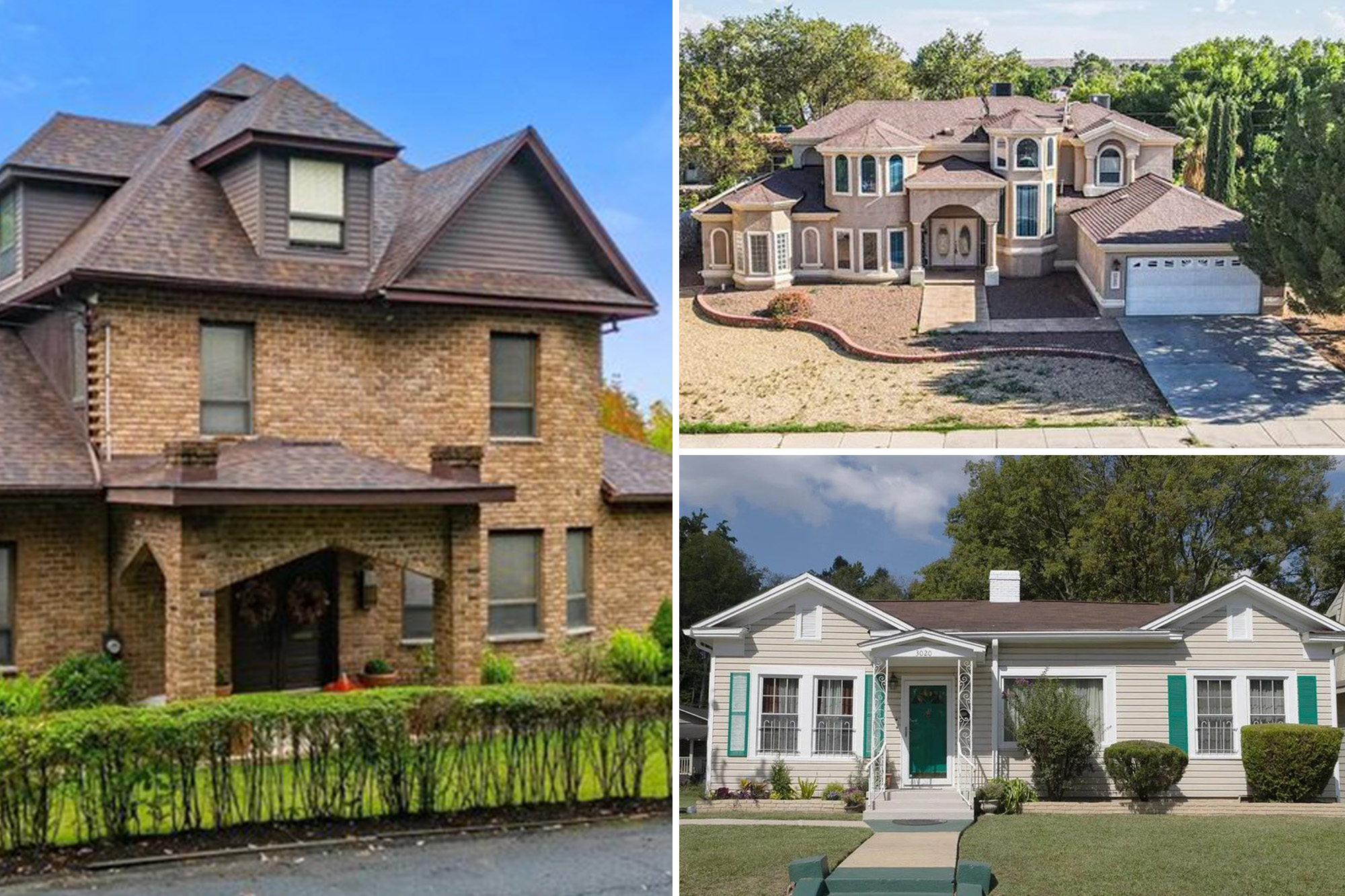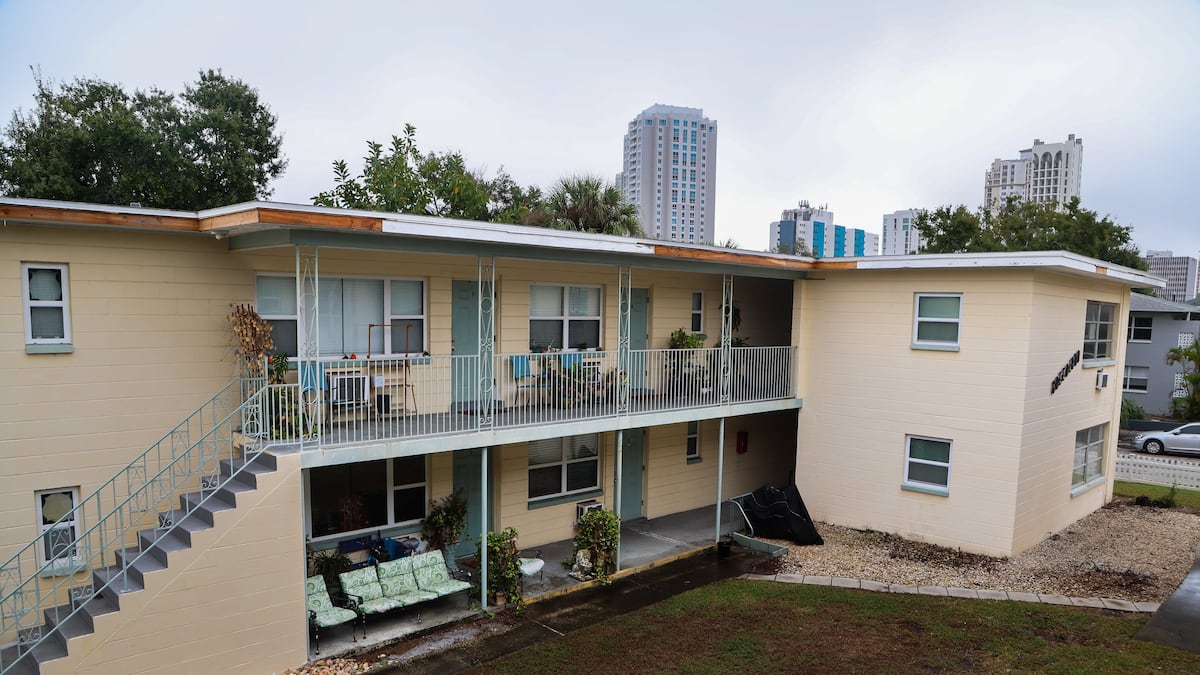T
he financial strain on Americans is evident in rising costs for housing, insurance, utilities, gasoline, and groceries. However, research reveals significant variations in the cost of living across states and cities. To identify areas where paychecks stretch further, Realtor.com's economic team analyzed regional price parities (RPPs) data from the Bureau of Economic Analysis.
McAllen, Texas, tops the list with an RPP of 86.92%, meaning $100 nationally would cost only $86.92 there. This translates to a 13% lower cost of living compared to the national average. Hannah Jones, Realtor.com's senior economic research analyst, notes that cities with low costs of living are often smaller and located in the South and Midwest.
Affordable housing is a primary driver behind McAllen's desirable cost of living. John Macke, senior research analyst at John Burns Research and Consulting, attributes this to lower home prices relative to incomes. Cara Ameer, a real estate agent, adds that McAllen's location near the Mexico border has fueled a trade-based economy and manufacturing jobs, contributing to its affordability.
Other cities with low costs of living include Wichita, Kansas; Little Rock, Arkansas; Toledo, Ohio; Scranton, Pennsylvania; Dayton, Ohio; Tulsa, Oklahoma; Akron, Ohio; Birmingham, Alabama; and El Paso, Texas. These areas offer lower housing prices, affordable groceries, and reasonable transportation costs.
In Wichita, the median home price is $292,700, with residents paying $89.16 for necessities. Little Rock's median home price is $291,000, with residents paying $89.15 for necessities. Toledo's median home price is $237,450, with residents paying $90.18 for necessities.
Scranton's property taxes and real estate costs are lower than in Philadelphia suburbs, making it an attractive option. Dayton's low cost of living is attributed to affordable housing, modest population growth, a diverse job market, lower transportation and health costs, and less urban density.
Tulsa has a rich cultural scene but maintains affordability, with residents paying $90.53 for necessities. Akron's low housing prices are due in part to its 15-year residential property tax abatement program and large farming communities that keep food prices reasonable.
Birmingham offers high-quality health care despite its low cost of living, while El Paso remains affordable despite being at risk of losing its affordability due to mortgage rate drops.













